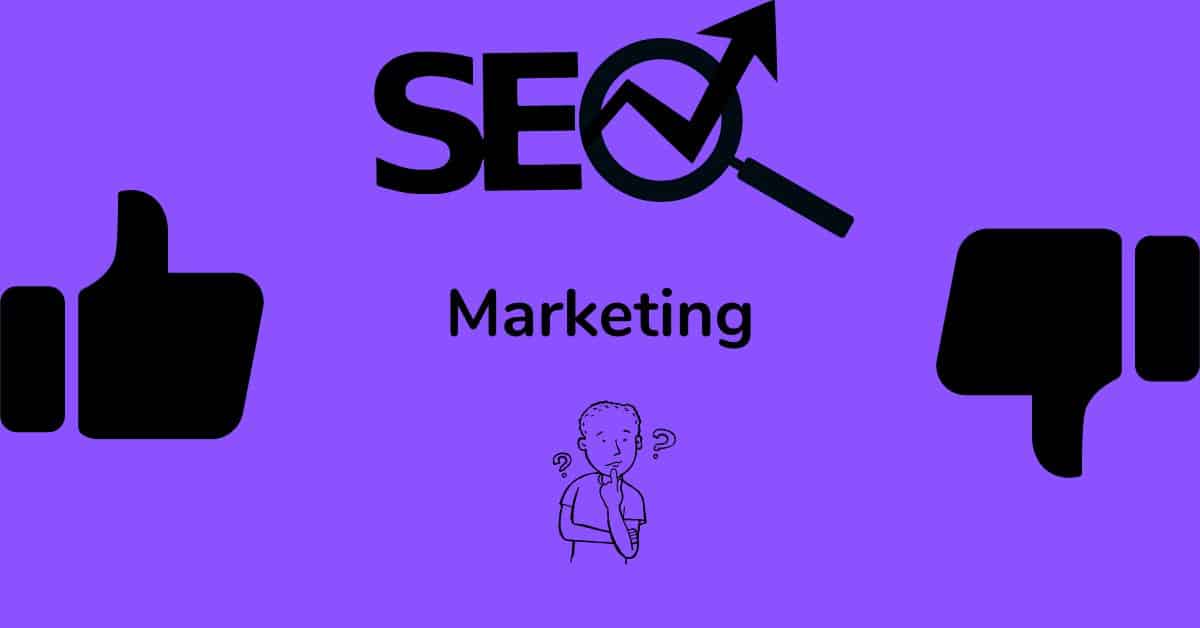Table of Contents
ToggleIntroduction:- Concept of how much traffic is needed to blog monetization?
Blog monetization refers to the process of generating income from a blog by leveraging various strategies and revenue streams. Bloggers can earn money through methods such as display advertising, sponsored content, affiliate marketing, selling digital products, or offering services.
Firstly, it’s crucial to choose the monetization model before knowing how much traffic is needed to blog monetization. Because it depends on the modal which you choose. Will you opt for advertising programs like Google AdSense? Alternatively, will you consider direct advertisements, affiliate marketing, or selling products and services? Additionally, you can explore opportunities to sell text link ads or promote a paid newsletter or paid content.
The ideal traffic threshold for blog monetization varies based on niche, content quality, and chosen strategies. Focus on building a solid foundation with an engaged readership & quality content matters.
Importance of traffic in generating income from blog monetization.
Traffic plays a crucial role in generating income from a blog. Here are a few reasons why traffic is important.
- Ad Revenue: Higher blog traffic leads to increased ad impressions, which can result in higher earnings from display advertising.
- Sponsored Content Opportunities: Brands and companies are more likely to collaborate with bloggers who have a significant audience. With higher traffic, bloggers have better chances of securing sponsored content deals, where they promote products or services in exchange for payment.
- Affiliate Marketing: Many bloggers earn through affiliate marketing, where they promote products and earn a commission on sales.
- Selling Products or Services: Blogs with substantial traffic can successfully sell their own digital products, such as e-books, courses, or exclusive content.
- Partnership Opportunities: Bloggers with a large and engaged audience often attract collaboration opportunities with other bloggers, influencers, or brands.
How do I drive traffic to my blog?
Provide Valuable and engaging content
Valuable and engaging content is significant because it attracts and retains readers, encourages social sharing, improves search engine visibility, establishes credibility, fosters audience trust, and ultimately drives conversions, such as ad clicks, affiliate sales, or subscriptions, leading to blog monetization success. High-quality content attracts and retains readers by providing valuable information, addressing their needs, and offering unique perspectives.
Role of niche selection in blog monetization
Niche selection plays a vital role in blog monetization. Choosing a specific niche allows bloggers to target a focused audience with particular interests and needs.
Traffic Requirements
- Pageviews: Pageviews indicate the total number of times a web page has been viewed by visitors. It reflects the overall popularity and reach of a blog. Higher page views generally indicate increased traffic and engagement.
- Unique Visitors: Unique visitors represent the number of distinct individuals who visit a blog within a specific time frame, typically measured over a day, week, or month. It provides an estimate of the size of the blog’s audience.
- Bounce Rate: The bounce rate measures the percentage of visitors who leave a blog after viewing only a single page, without interacting further or navigating to other pages. A high bounce rate suggests that visitors did not find the content engaging or relevant to their needs.
- Monitoring these traffic metrics allows bloggers to assess the overall performance of their blogs, identify areas for improvement, and make informed decisions regarding content, user experience, and monetization strategies.
How do I increase traffic to my blog?
Increasing blog traffic requires a combination of strategic efforts. Here are some tips to help you boost your blog’s visibility and attract more readers:
- Publish High-Quality Content: Create valuable, well-researched, and engaging content that resonates with your target audience. Aim for originality, relevance, and a unique perspective to stand out.
- Optimise for SEO: Quality content and SEO strategy are the most important factor to drive traffic to the blog. Use relevant keywords in titles, headings, and throughout your content. Improve meta descriptions and ensure your site is properly indexed.
- Promote on Social Media: Share your blog posts on relevant social media platforms to reach a wider audience. Engage with your followers, join relevant communities, and participate in discussions to increase visibility and drive traffic.
- Guest Blogging: Write guest posts for other reputable blogs in your niche. Include a link back to your blog, driving referral traffic and enhancing your credibility as an expert.
- Build an Email List: Offer valuable incentives, such as exclusive content or freebies, to encourage readers to subscribe to your email list. Regularly send newsletters with your latest blog posts and updates to drive traffic.
- Collaborate and Network: Partner with other bloggers, influencers, or brands in your niche. Collaborate on content, participate in interviews, or cross-promote each other’s work to tap into each other’s audiences.
- Website Performance: Ensure your website loads quickly, has a user-friendly design and is mobile-responsive. A positive user experience encourages visitors to stay longer and explore more of your content.
- Engage with Your Audience: Respond to comments on your blog, interact on social media, and encourage discussions. Building a community and fostering engagement helps retain existing readers and attract new ones. Remember, increasing blog traffic takes time and consistent effort. Stay committed, adapt your strategies based on audience feedback, and deliver value to your readers.
How to check blog traffic?
To check the traffic on your blog, there are several methods you can use. Here are some popular approaches:
- Website Analytics Tools: Install a website analytics tool like Google Analytics on your blog. This tool provides comprehensive data about your website’s traffic, including the number of visitors, page views, referral sources, demographics, and more. You can sign up for Google Analytics for free and follow the instructions to integrate it with your blog.
- Built-in Blog Analytics: Some blogging platforms, such as WordPress, offer built-in analytics features. These features provide basic information about your blog’s traffic, including the number of visitors, popular posts, and referral sources. Check if your blogging platform has any native analytics tools or plugins available.
- Social Media Insights: If you promote your blog on social media platforms, you can utilize the analytics tools provided by those platforms. For example, Facebook Insights, Twitter Analytics, and Instagram Insights offer data on post reach, engagement, and audience demographics. You can track traffic originating from your social media efforts and analyze which platforms are driving the most visitors to your blog.
- Comments and Interactions: Pay attention to the comments and interactions on your blog. Engaged readers often leave comments, share posts, or provide feedback. Monitoring these interactions can give you a sense of how well your blog is resonating with your audience and provide insights into its popularity.
- Regularly analyzing this information will help you understand your audience, improve your content strategy, and track the effectiveness of your efforts.
Strategies for Monetization of Blog
To enhance the monetization of your blog, consider these strategies:
- Optimise Ad Placement: Experiment with ad placements to maximize visibility and click-through rates. Test different ad formats and positions to find the optimal balance between user experience and revenue.
- Diversify Revenue Streams: Explore multiple monetization methods like affiliate marketing, sponsored content, digital products, or membership programs. Diversifying income sources reduces reliance on a single strategy and increases overall earning potential.
- Analyse and Optimise: Continuously monitor analytics, conversion rates, and audience feedback. Identify underperforming areas and optimize accordingly to maximize monetization potential.
- Collaborate with Brands: Seek collaborations with brands for sponsored content, partnerships, or ambassadorships. Leverage your influence and audience to negotiate mutually beneficial deals that generate revenue.
- Offer Premium Services: Expand offerings to include premium services like consulting, coaching, or personalized content. Leverage your expertise and reputation to command higher prices and attract clients willing to pay for specialized services.
Remember, successful monetization requires a balance between user experience and revenue generation.
How much money per 1000 views on the blog
The average income bloggers earn for every 1,000 views? When it comes to monetizing a blog through platforms like Google AdSense or other advertising networks, bloggers typically make around $2 to $5 per 1,000 page views. For instance, if a blog receives approximately 10,000 views in a day, it can generate an income ranging from $20 to $50.
Are there any alternatives to traditional blog monetization methods?
Yes, there are alternative ways to monetize your blog besides traditional methods. Some options include:
- Influencer Collaborations: Partnering with brands as an influencer to promote their products or services through sponsored posts, social media campaigns, or brand ambassadorship.
- Consulting or Coaching: Offering personalized consulting or coaching services related to your blog’s niche.
- Events or Workshops: Organize paid workshops, webinars, or live events for your audience.
- Donations: Add donation buttons on platforms to allow your readers to support your work voluntarily.
Conclusion
In conclusion, there is no specific magic number when it comes to how much traffic to monetize the blog. While traffic is important, it is just one piece of the puzzle. Building a loyal and engaged readership, creating valuable content, and implementing effective monetization strategies are equally vital. Remember, success in blog monetization requires a combination of factors and a deep understanding of your audience’s needs and preferences.
Good luck
SEO Portion is there to resolve all your queries and we would love to clear all your doubts. Our vision is to create awareness and help you with SEO and how to make your business grow digitally. We hope that you enjoyed this blog post as much as we did writing it! If you did, feel free to share it with your friends and colleagues.
Thank you for reading our blog.
Regards:- “SEO Portion”
FAQ
-
1. Can I monetize my blog with low traffic?
Yes, it's possible to monetize a blog with low traffic, but the earning potential may be limited. In such cases, consider focusing on alternative monetization strategies such as affiliate marketing, sponsored content, & selling digital products
-
2. What are the common ways to monetize a blog?
There are several common ways to monetize a blog:
- Display Advertising
- Affiliate Marketing
- Sponsored Content
- Selling Digital Products
- Membership or Subscription
-
3. What factors influence the monetization potential of a blog?
- Target Audience
- Niche Selection
- Content Quality
- Traffic Volume
- Audience Engagement







